- Learning time
- 30 minutes
- First play time
- 100 minutes
Raiders of the North Sea
Designed by: Shem Phillips
In Raiders of the North Sea you are vikings out to impress the chief as best you can, by virtue of offerings, sacrifices, and raids.
The board shows a village at the bottom and, across the sea, the targets for your raids during the game. You gather all the resources you need in the village before ultimately, sailing across the sea and making everyone’s life miserable.
Everyone begins the game with three townsfolk cards in your hand, and one wooden viking. On your turn you can do one of two things – either take actions, or go on a raid. Taking actions involves going to the village buildings. As long as there’s an available space there, they let you gather more townsfolk cards to your hand, play those cards to the table (where they become your crew), boost your armour (helpful when your crew goes raiding) or collect resources such as coins, gold and provisions which will be needed for your upcoming trip abroad.
When you raid you can choose any target across the sea, but you must meet the requirements in order to do so – these are clearly marked on the board itself and they demand a certain crew size, amount of provisions and, in some cases, gold. Harbours are easy to raid, but as you get further inland your crew will need a stronger and stronger military value to make the raid a success. Any raid will enable you to gather a few resources, but only militarily successful ones get you points – which is ultimately the goal of the game.
Many of the raiding targets also have Valkyrie tokens – for each token present on such a destination you lose one member of your crew in battle. While this is a short-term setback, vikings obviously see death in battle as a noble way to go, so the more members of your crew die out this way, the more points you score at the end of the game. You can use you ill-gotten gains to prepare for the next raid, or offer some of them up to the chief back at the village…
Finally looking at the board you’ll note that there are three types of vikings: black, grey and white. They have a hierarchy in that only certain types can go to certain spots on the board – which adds an extra element of tactics to play. The game ends when either a certain amount of fortresses have been raided, the Valkyrie tokens run out, or the chief’s offering tiles do.
The guru's verdict
-
Take That!
Take That!
There's a seam of Take That in the game. All members of your crew have an ability you can activate by placing (or removing) a viking at the Town Hall, and some of these are punitive for the other players. Canny players will also spot that they can kibosh others plans with clever placement!
-
Fidget Factor!
Fidget Factor!
Moderate. It's a game where the make-up of the board - specifically, where the vikings in the village are - are constantly changing, so there may be the odd lull as someone mulls over their best move.
-
Brain Burn!
Brain Burn!
It's not a game that will overly tax your brain - at least, not after a play or two - but it is a tactical experience. The fact you have to place a viking at the village before removing one means often your ideal move simply isn't possible.
-
Again Again!
Again Again!
Lots of variety here in set-up and play.

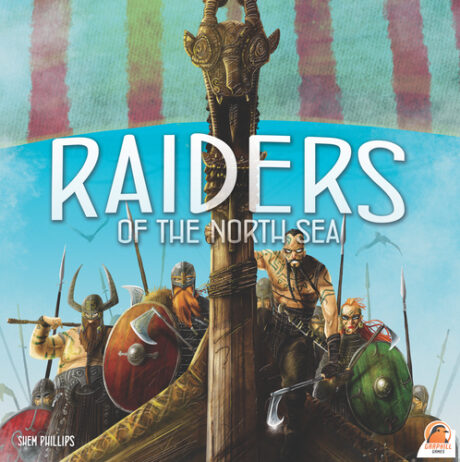


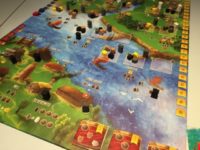
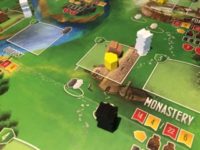

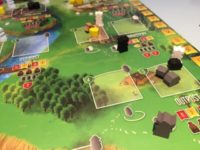
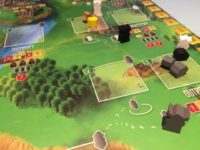


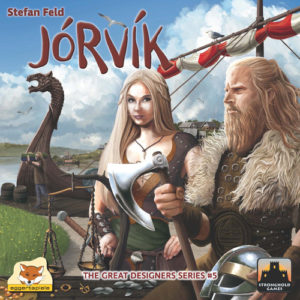
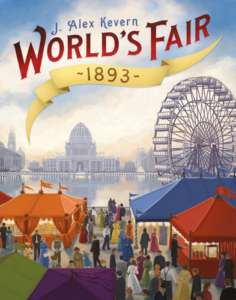
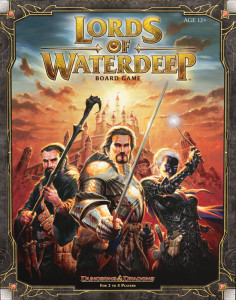
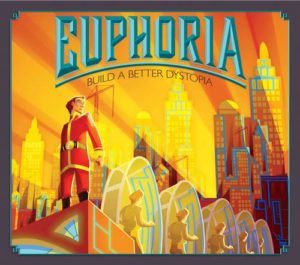
Sam says
There are numerous games with Raiders' basic premise of get-stuff-to-do-stuff, but two things mark it out: the placing of one viking, and removing another, means the game is more interactive than it first appears. And the three different viking types play a similar role: as noted in Brain Burn, this opens up possibilities for quite clever - and potentially nasty! - play. Add in to that the possibility of killing off your crew for points - and how crucial timing is in this regard - and you have a game of relatively simple rules but surprising depth. That board looks nice and friendly, but this is a wolf in sheeps' clothing!